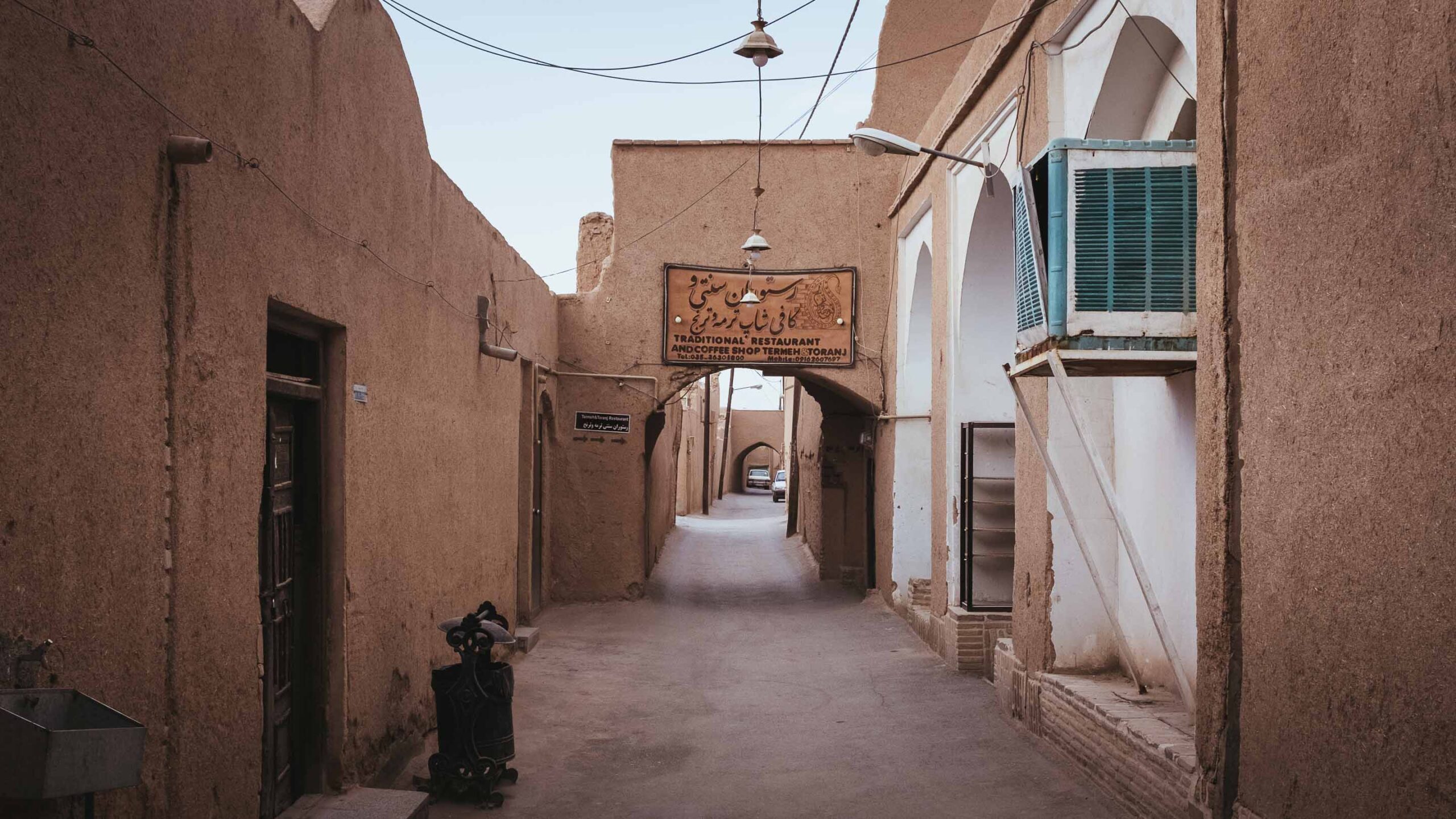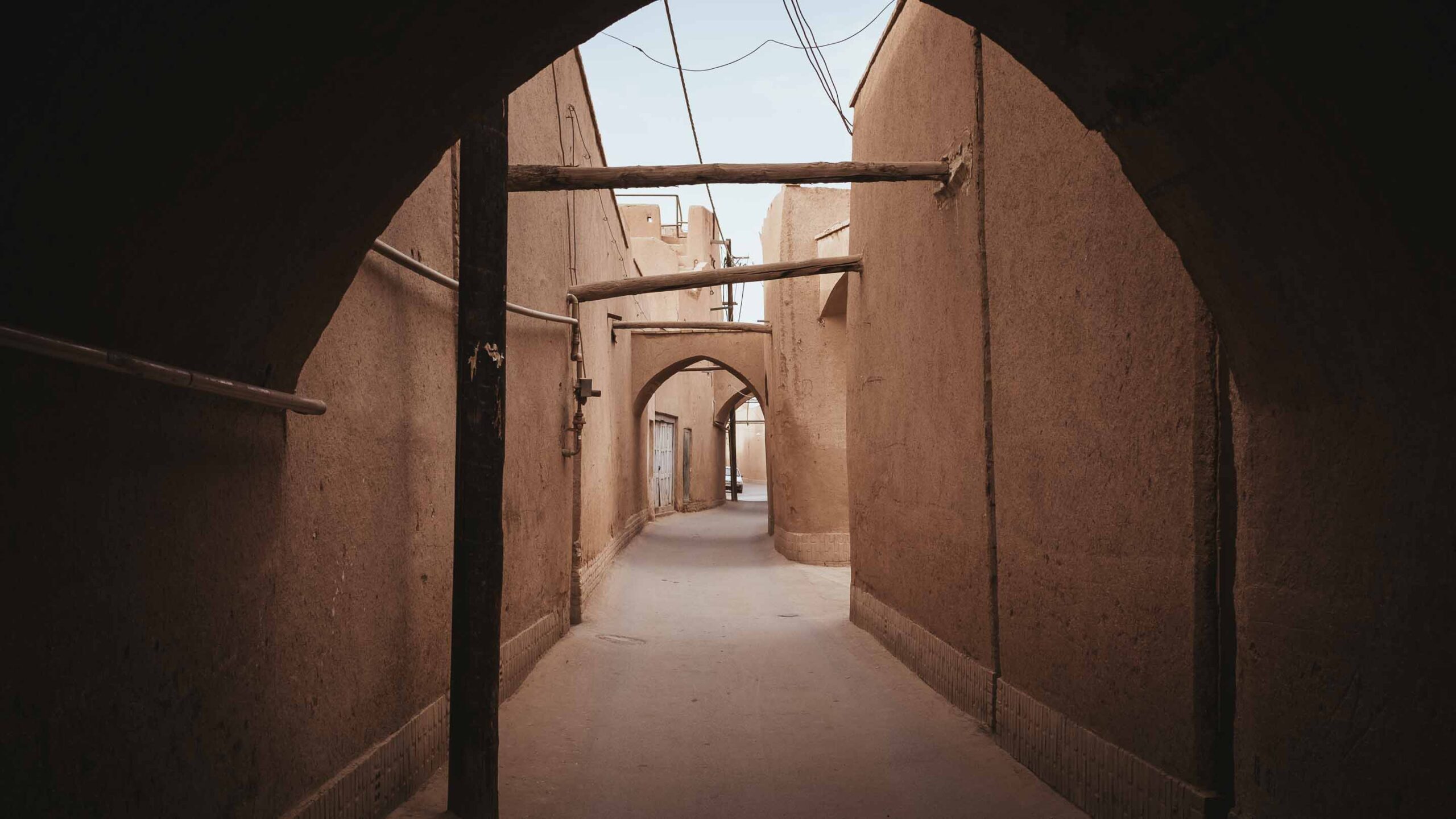Built of clay and sand, Yazd, Iran
play audio? on-site recording.
Built of clay and sand, Yazd, Iran
Throughout its long history, Yazd has been shaped by various cultural influences, including Persian, Islamic, Zoroastrian, and Jewish traditions.
Yazd was an important centre for traditional Persian handicrafts such as carpet weaving, silk making and metalworking. The city is particularly famous for its delicate silk fabrics, prized for their intricate designs and high quality. The city’s distinctive architecture features adobe buildings, wind towers and narrow streets.
One of Yazd’s most unique features is its solid Zoroastrian community, which has lived here for centuries. Zoroastrianism is an ancient monotheistic religion founded in Persia over 3,000 years ago. Today the Zoroastrian community in Yazd is one of the largest in the world and plays an important role in cultural and religious life.
Yazd has been recognized for its cultural importance by UNESCO, which declared the city a World Heritage Site in 2017. Yazd remains a vibrant and bustling city with a rich cultural heritage that attracts visitors worldwide.
Yazd
A detail on Yazd’s identity
Yazd is known for its unique windcatchers, which are tall, chimney-like structures. These are designed to catch the slightest breeze and channel it into homes and buildings to provide natural ventilation and cooling in hot and dry conditions.
what we liked
Cafe Nardoon! A great terrace with a 360-degree view of the city!

More places
Share this place
More resources
A video by Yazd on Youtube
Yazd on Wikipedia
Images of Yazd on Pinterest
Buy prints of the photos?
Art prints of the images from our Place Identity project can be purchased here.













